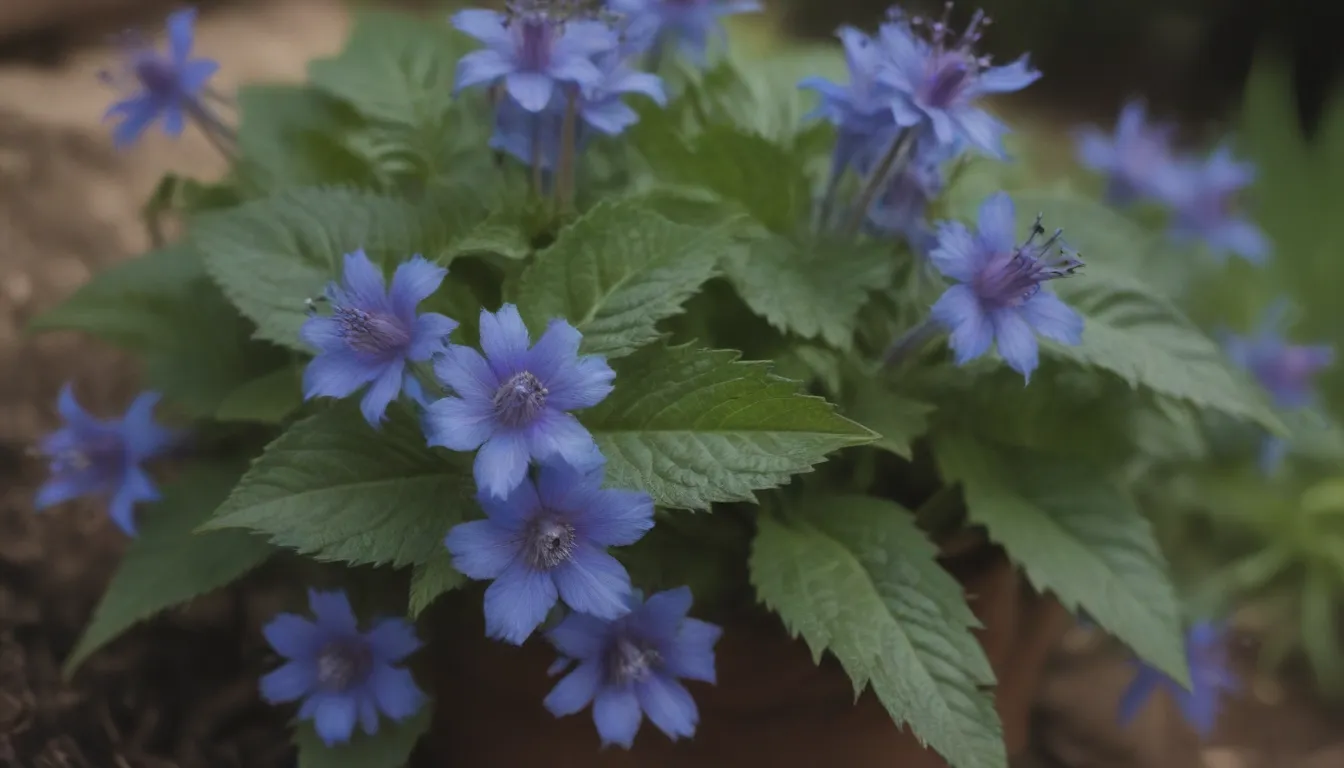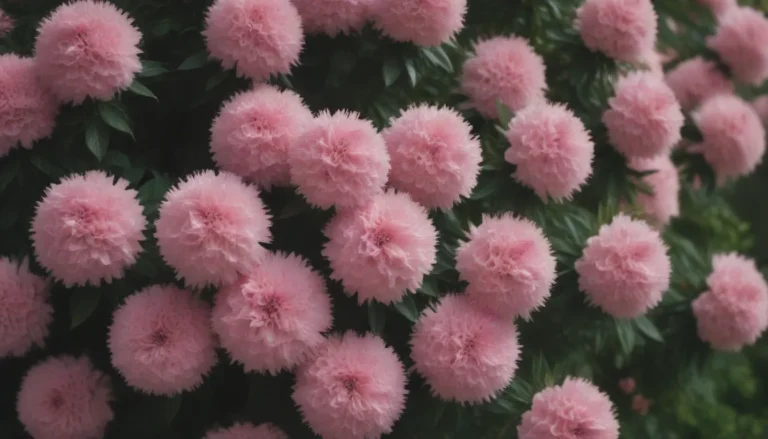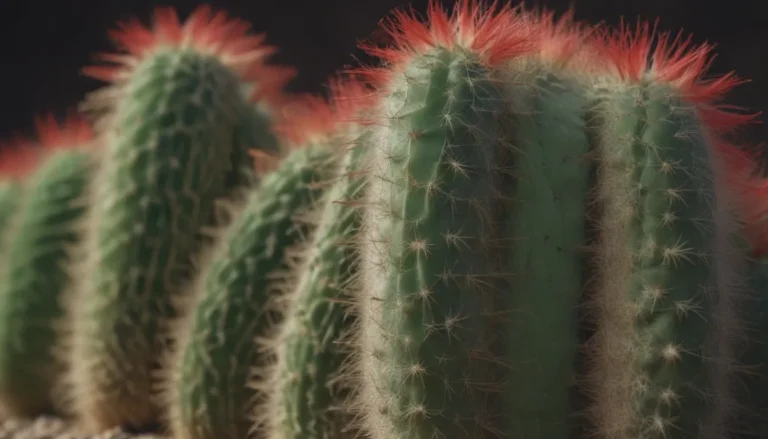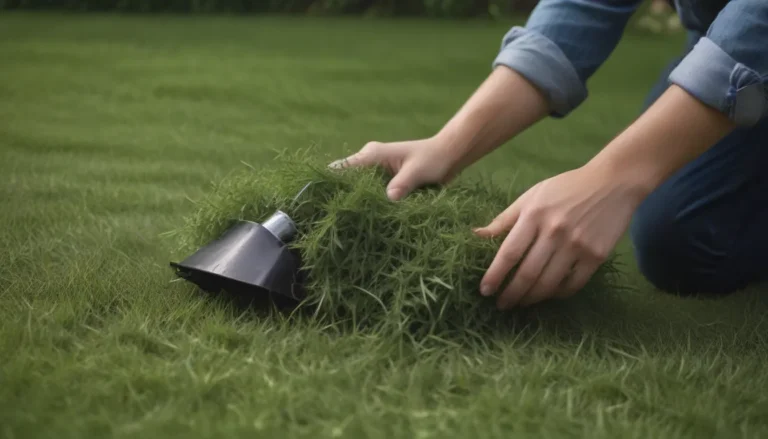Plant Care 101: Everything You Need to Know About Growing and Caring for Siberian Bugloss

Welcome to our comprehensive guide on how to grow and care for Siberian Bugloss. In this article, we will delve into all the essential information you need to know about this beautiful perennial plant, from its characteristics and preferred growing conditions to its care and maintenance. So, grab your gardening tools and let’s get started!
Discovering Siberian Bugloss
When you first lay your eyes on the bright blue flowers of Siberian Bugloss, you might mistake them for the blooms of forget-me-nots. However, these two plants are not related. The common name “bugloss” is derived from the Greek words for “ox” and “tongue,” as the leaves are thought to resemble an ox tongue. This long-lasting perennial plant spreads from rhizomatous roots and features dark-green, heart-shaped leaves. Small blue flowers with white centers adorn the plant on stems in spring, with a bloom period lasting about four weeks. While Siberian Bugloss is a slow grower, it will eventually spread out and make a nice ground cover. Varieties with vibrant variegated leaves may take a bit longer to fill out but provide interest and color throughout the season.
Siberian Bugloss Care Guide
Taking care of Siberian Bugloss is relatively easy once you understand its basic requirements. Here are some essential care tips to help you nurture this beautiful plant:
Light
Siberian Bugloss thrives in shady conditions, although it can withstand full sun if provided with ample moisture. Variegated varieties are prone to leaf burns in direct sunlight and may go dormant in extremely sunny conditions.
Soil
This plant is not overly particular about soil pH but prefers rich, moist soil with plenty of organic matter. Regular mulching can help maintain the cool, moist soil conditions that Siberian Bugloss prefers. Ensure the soil has excellent drainage as this plant does not tolerate dry conditions well.
Water
Newly planted Siberian Bugloss requires regular watering to establish itself. Once established, the plant becomes more drought-tolerant but still benefits from consistent moisture. Mulching can help retain soil moisture and keep the plant healthy.
Temperature and Humidity
While Siberian Bugloss is hardy in zones 3 to 8, it prefers regions with cooler summers. The plant may struggle in zones with hot and humid conditions (zones 7 to 8).
Fertilizer
Siberian Bugloss generally does not require supplemental feeding if planted in rich soil. However, if the soil is poor or dry, you may consider providing additional nutrients to support the plant’s growth.
Types of Siberian Bugloss
Apart from the species form of Brunnera macrophylla, several cultivars are available that offer unique characteristics and appearances. Some popular cultivars include:
- ‘Diane’s Gold’
- ‘Hadspen Cream’
- ‘Jack Frost’
- ‘Langtrees’ (aka ‘Silver Spot’)
- ‘Looking Glass’
- ‘Queen of Hearts’
- ‘Alexander’s Great’
- ‘Sterling Silver’
Pruning Tips and Propagation
To maintain the health and appearance of your Siberian Bugloss plant, consider the following pruning and propagation techniques:
Pruning
If the foliage starts to look unsightly during the summer, you can trim them to encourage new leaves to fill in. Deadhead the flowers as they fade to prevent self-seeding. Avoid cutting the entire plant back to the ground in the fall to protect the crown during winter.
Propagation
The best way to propagate Siberian Bugloss is by dividing an established clump in early spring. Dividing the plant every three to five years can help prolong its lifespan. Some varieties may be protected by plant patents, prohibiting their propagation.
Growing Siberian Bugloss in Containers
Siberian Bugloss can also thrive in containers placed in partial or full shade. Variegated leaf varieties make excellent fillers in container gardens. When growing in pots, ensure the container has good drainage and use a quality potting mix with slow-release fertilizer. Regular watering is essential for container-grown plants.
Overwintering and Common Pests
During the winter months, provide a thick layer of mulch for plants in garden soil or containers. In regions with extended winter frosts, additional winterization measures may be necessary for container-grown plants. While Siberian Bugloss is relatively pest-free, watch out for slugs in cool, moist conditions.
Blooming Tips and Final Thoughts
Failure to bloom in Siberian Bugloss may be due to excessive sunlight, premature dormancy, or slow growth. This plant’s resemblance to hostas makes it a popular choice for shade gardens and woodland settings. With proper care and attention, your Siberian Bugloss plant will reward you with stunning blooms and lush foliage season after season.
In conclusion, Siberian Bugloss is a versatile and low-maintenance plant that can add beauty to any garden setting. By following the care tips outlined in this guide, you can ensure that your Siberian Bugloss thrives and flourishes for years to come. So, roll up your sleeves and embark on a botanical journey with this delightful perennial plant!





